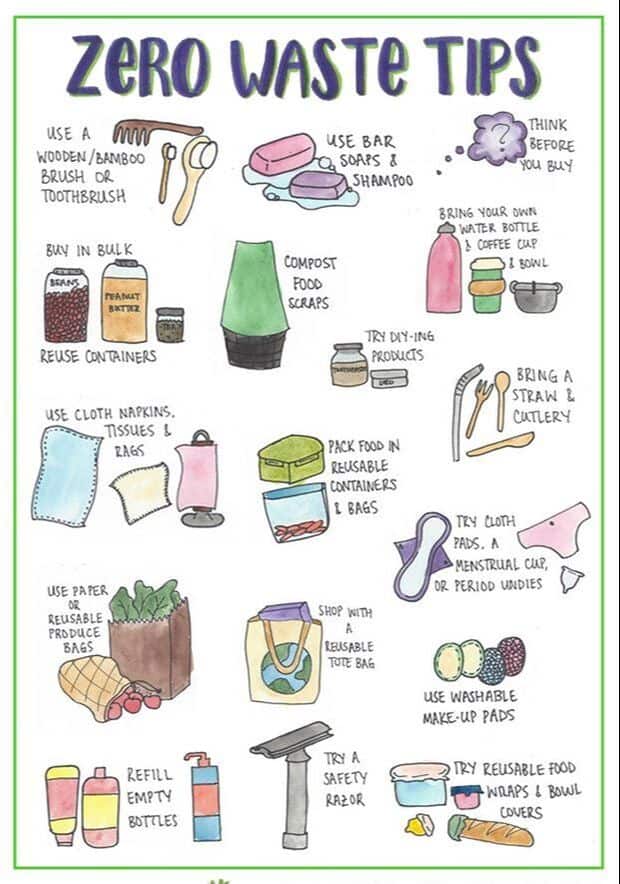Understanding the properties of matter and its capabilities to change states is a fundamental concept in science education. From solids to liquids to gases, the transformation of matter is not just a physical phenomenon but also an excellent educational journey that engages students in exploring the world around them. The “Changing States Unit Plan” is designed to help educators teach this captivating subject effectively.
Unit Objectives:
– Define matter and its three states: solid, liquid, and gas.
– Understand and explain the processes of melting, freezing, condensation, evaporation, and sublimation.
– Explore how temperature and pressure affect the states of matter.
Week 1: Introduction to Matter
Begin with the basics by discussing what matter is. This week will focus on understanding atoms and molecules—the building blocks of matter—and introducing the properties of solids, liquids, and gases. Interactive activities will include group brainstorming sessions and hands-on experiments like observing ice melting.
Week 2: Melting and Freezing
Dive into the processes of melting and freezing. Experiments this week will include measuring the melting points of various substances and examining how different materials change from solid to liquid at different temperatures. Students will keep journals of their observations.
Week 3: Evaporation and Condensation
Focus on gaseous states and how liquids turn into gases through evaporation and vice versa through condensation. A class project might involve tracking the evaporation rate of water under various conditions. Visits from local meteorologists can add real-world context about weather phenomena related to these processes.
Week 4: Sublimation and Deposition
This less commonly known pair of processes—where matter transitions directly between solid and gas states—will be explored through demonstrations, such as observing dry ice (solid carbon dioxide) sublimate. Students can also investigate deposition with examples like frost formation.
Week 5: The Effects of Pressure
Students will discover how pressure impacts matter’s state by conducting experiments with air pressure, such as using a vacuum pump to witness boiling at room temperature or crushing a can with atmospheric pressure after heating it up.
Week 6: Review and Assessment
Finish the unit by reviewing key concepts and vocabulary. Assess student understanding through quizzes, presentations, or creative projects where students depict or explain state changes in innovative ways.
Materials:
– Ice cubes
– Heat sources (e.g., stove or hot plate)
– Glass beakers
– Thermometers
– Vacuum pump
– Graph paper for charts/graphs
– Dry ice
Assessment:
Student comprehension should be measured throughout the unit via quick quizzes, lab journal entries, observational reports, class discussions, and a final test or project presentation summarizing their knowledge about changing states of matter.
The “Changing States Unit Plan” leverages hands-on activities, visualization tools, real-world applications, demonstrations, experiments, multimedia resources, guest speakers, reflections, and assessments to help students gain a comprehensive understanding of how matter interacts with energy to transition between different states—a core pillar in science curriculum that challenges students’ curiosity about everyday occurrences.











